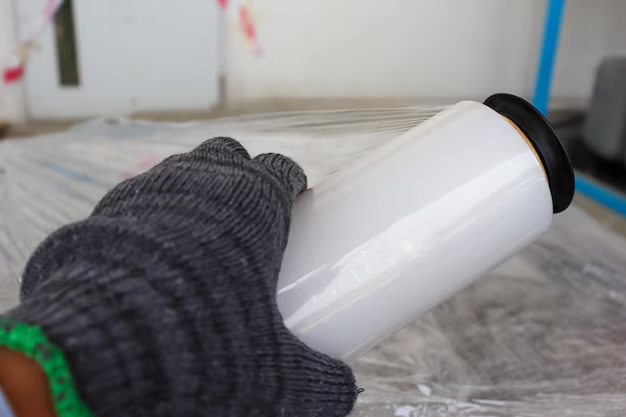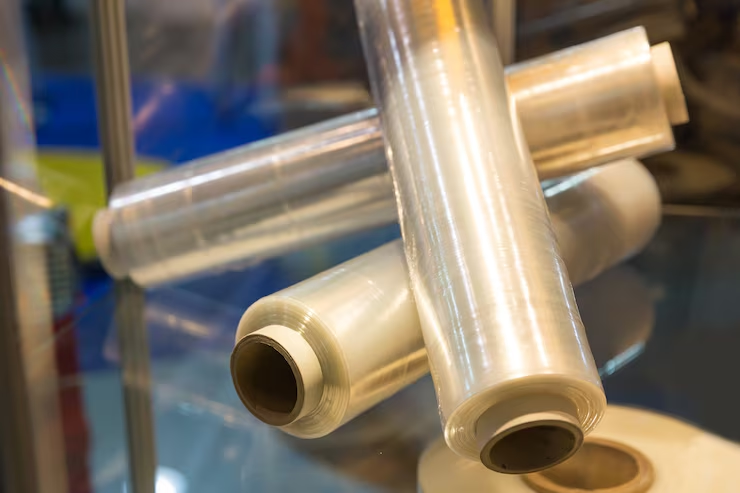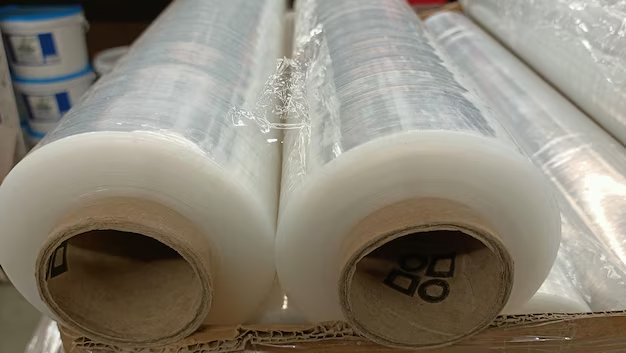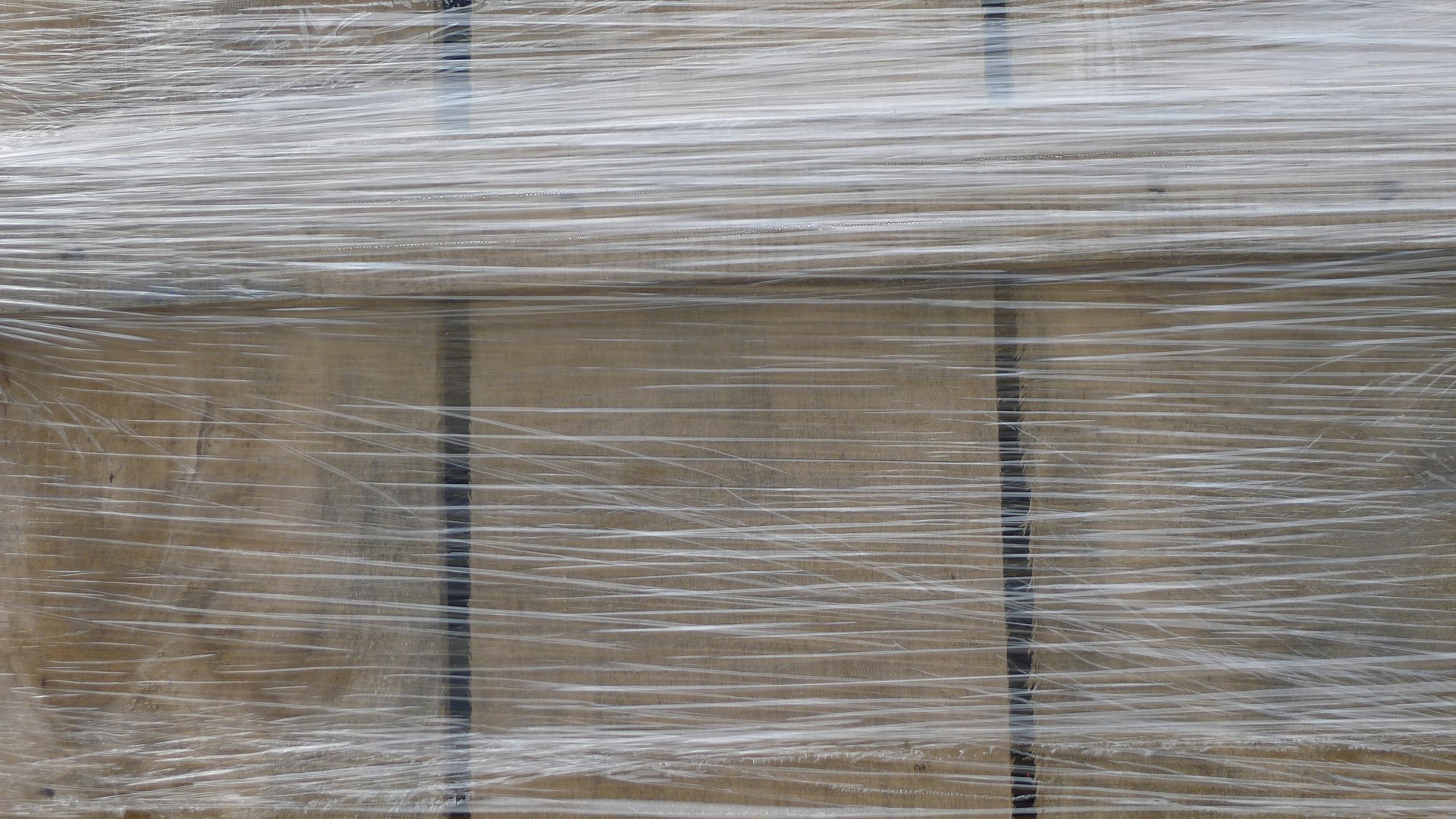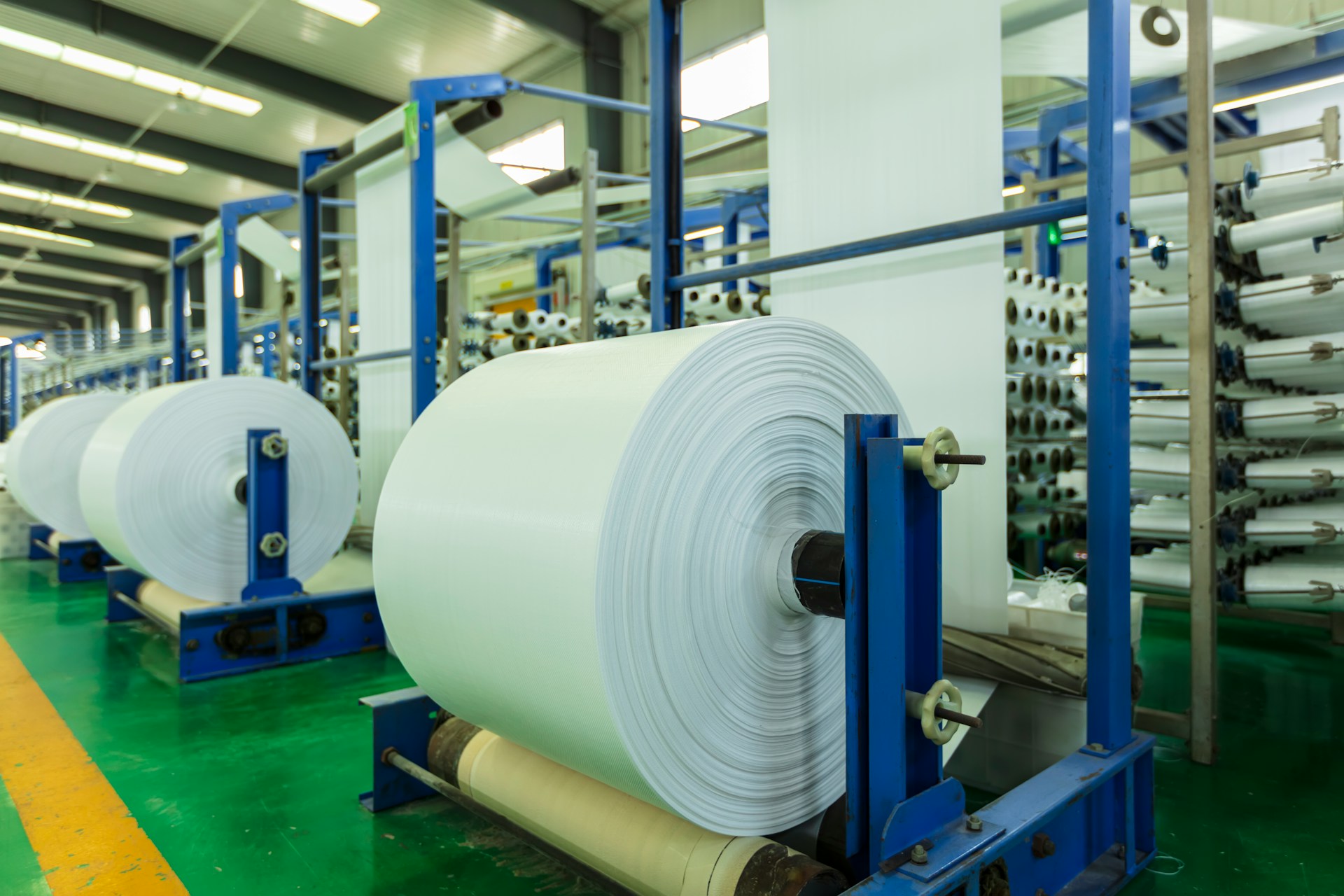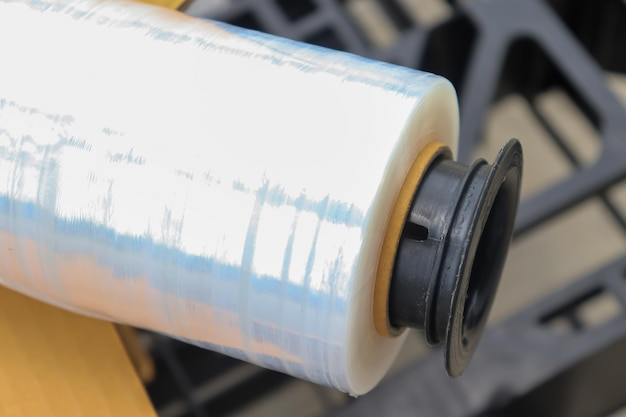Shrink wrap film acts like a snug blanket for boats. It seals them tightly, protecting them from harsh weather and dirt. If you’ve invested in a boat, you know the importance of keeping it safe when not in use. This is where shrink wrap film plays an essential role, guarding your vessel against the elements and ensuring it stays in top-notch condition.
Choosing the right shrink wrap film is crucial, as not all films are created equal. The material and thickness are key in determining how well it will protect your boat. Finding the best fit can greatly enhance the lifespan of your boat and simplify maintenance, especially during the off-season.
Types of Shrink Wrap Film for Boats
When shopping for shrink wrap film, a few options present themselves, each with unique perks:
– Polyethylene Film: A popular choice, it’s strong and durable, effectively keeping out moisture. However, it can be tricky to handle for beginners.
– Polypropylene Film: This lightweight option is easier to use but not as tough. It’s suitable for mild climates.
– PVC Film: Flexible and resistant to tough conditions, this is ideal for those needing durability but comes at a higher cost.
Evaluating the pros and cons based on specific needs is essential. Consider the storage environment and weather conditions your boat might face. A sea-side boat may require a tougher film than one by a gentle lake. Selecting the right type helps ensure your boat receives the protection it deserves, making maintenance less cumbersome.
How to Choose the Right Shrink Wrap Film for Your Boat
Choosing the right shrink wrap film isn’t just about picking up any roll. Several factors guide this decision. First, consider the climate of your storage location. Boats stored in sunny states with mild winters may do well with thinner films, whereas harsher winters with snow and wind necessitate thicker, more durable options.
Boat size is also critical. Like choosing the right-sized coat, an ill-fitting film won’t provide proper coverage, leaving parts exposed. Measure carefully to avoid common mistakes.
Storage duration is another factor. If your boat will be docked for a lengthy period, a durable film can withstand extended exposure. For short-term storage, a more economical option might suffice.
Benefits of Using Shrink Wrap Film for Boats
There are several reasons why shrink wrap film is favored for boat protection. It is notably durable, eliminating concerns about tears or holes allowing moisture in, which can prevent corrosion and mildew.
Additionally, shrink wrap film shields boats from dust and dirt, keeping them clean and ready for adventures. It even adds a layer of theft protection, as a tightly wrapped boat is harder to access.
A significant benefit is the ease of removal. When boating season returns, simply cut the film and unwrap. This convenience maximizes the time you spend enjoying the water.
Common Mistakes to Avoid When Using Shrink Wrap Film
Proper use of shrink wrap film is critical for success. Here are common mistakes to avoid:
– Not Cleaning: Always wash your boat before wrapping to prevent trapped dirt from causing scratches.
– Overstretching: Excessive stretching can cause the film to break.
– Neglecting Vents: Ensure vents are cut into the wrap for airflow to avoid trapped moisture leading to mildew.
By avoiding these pitfalls, you help ensure your boat remains secure and is ready for a seamless return to the water.
Wrapping Up Your Boat with Shrink Wrap Film
Protecting your boat with the right shrink wrap film is invaluable. It ensures peace of mind, knowing your investment is shielded from the elements. Whether a weekend boater or a seasoned sailor, a properly wrapped boat means less stress and more enjoyment on the water.
So, when preparing your boat for a break, consider the conditions it has faced. Was it exposed to harsh weather or under a gentle sky? The right shrink wrap film choice guarantees stress-free, fun times on the water whenever you’re ready to set sail again.
Protect your boat the right way with Markley and Associates. To keep your vessel in excellent condition during the off-season, explore our high-quality shrink wrap film for boats designed to withstand the elements and extend the life of your investment.

